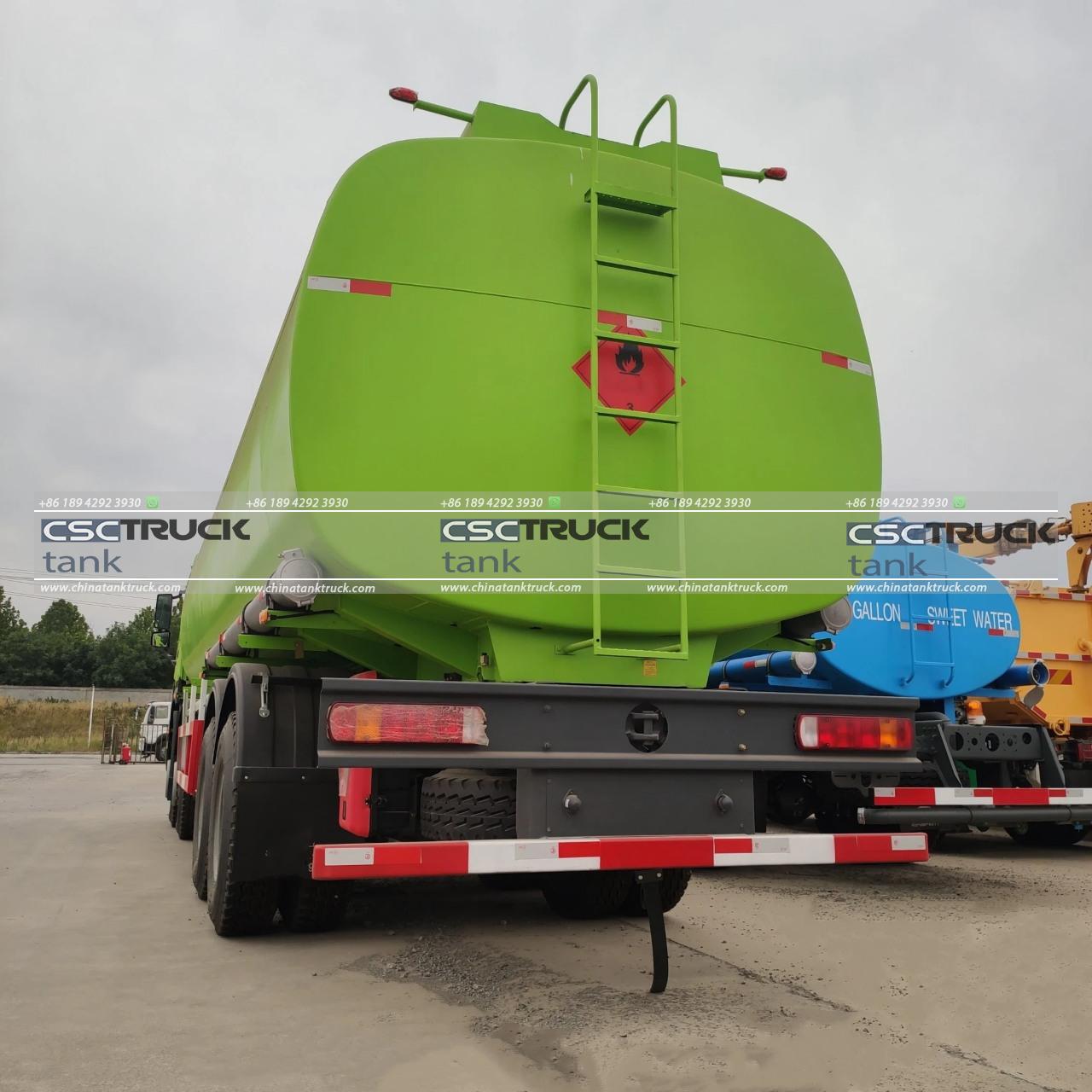What is a Fuel Tanker?
A fuel tanker is a specialized vehicle designed to transport liquid fuel and other hazardous materials such as gasoline, diesel, jet fuel, and other petroleum products. These vehicles play a critical role in the global energy supply chain, ensuring that fuels are efficiently and safely delivered to various destinations, including gas stations, industrial sites, airports, and remote locations. This article explores the structure, functionality, types, safety measures, and operational aspects of fuel tankers.
The Purpose of a Fuel Tanker
Fuel tankers are essential for transporting fuel from refineries and distribution terminals to consumers and businesses. Without these vehicles, it would be impossible to maintain the steady supply of fuel needed to power vehicles, machinery, and industries worldwide. They are engineered to handle the unique challenges posed by transporting hazardous liquids, such as volatility, flammability, and environmental risks.

Design and Structure
Fuel tankers are designed with safety, efficiency, and durability in mind. They consist of several key components:
1. Tanker Body:
The primary part of the vehicle is the tank itself, typically cylindrical in shape to withstand the pressure of liquid cargo. It is made from materials like aluminum, stainless steel, or carbon steel, depending on the type of fuel being transported.
2. Compartments:
Modern fuel tankers often have multiple compartments to carry different types of fuel simultaneously. For instance, a single tanker might transport gasoline, diesel, and kerosene in separate sections, preventing cross-contamination.
3. Manhole Covers and Valves:
Each compartment has a manhole cover for access during loading, cleaning, or maintenance. These covers are equipped with pressure relief valves to regulate internal pressure and prevent explosions or spills.
4. Baffles:
Inside the tank, baffles are installed to minimize liquid movement (slosh) during transit, ensuring stability and reducing the risk of accidents.
5. Piping and Pumps:
These systems facilitate the loading and unloading of fuel. They are designed to handle different flow rates and prevent leaks.
6. Insulation and Coating:
Some fuel tankers are insulated to maintain the temperature of the cargo, especially for fuels that require specific conditions. Anti-corrosion coatings extend the tanker’s lifespan.
7. Chassis and Suspension:
The tanker is mounted on a robust chassis with heavy-duty suspension systems to endure the weight of the liquid and the stresses of road travel.
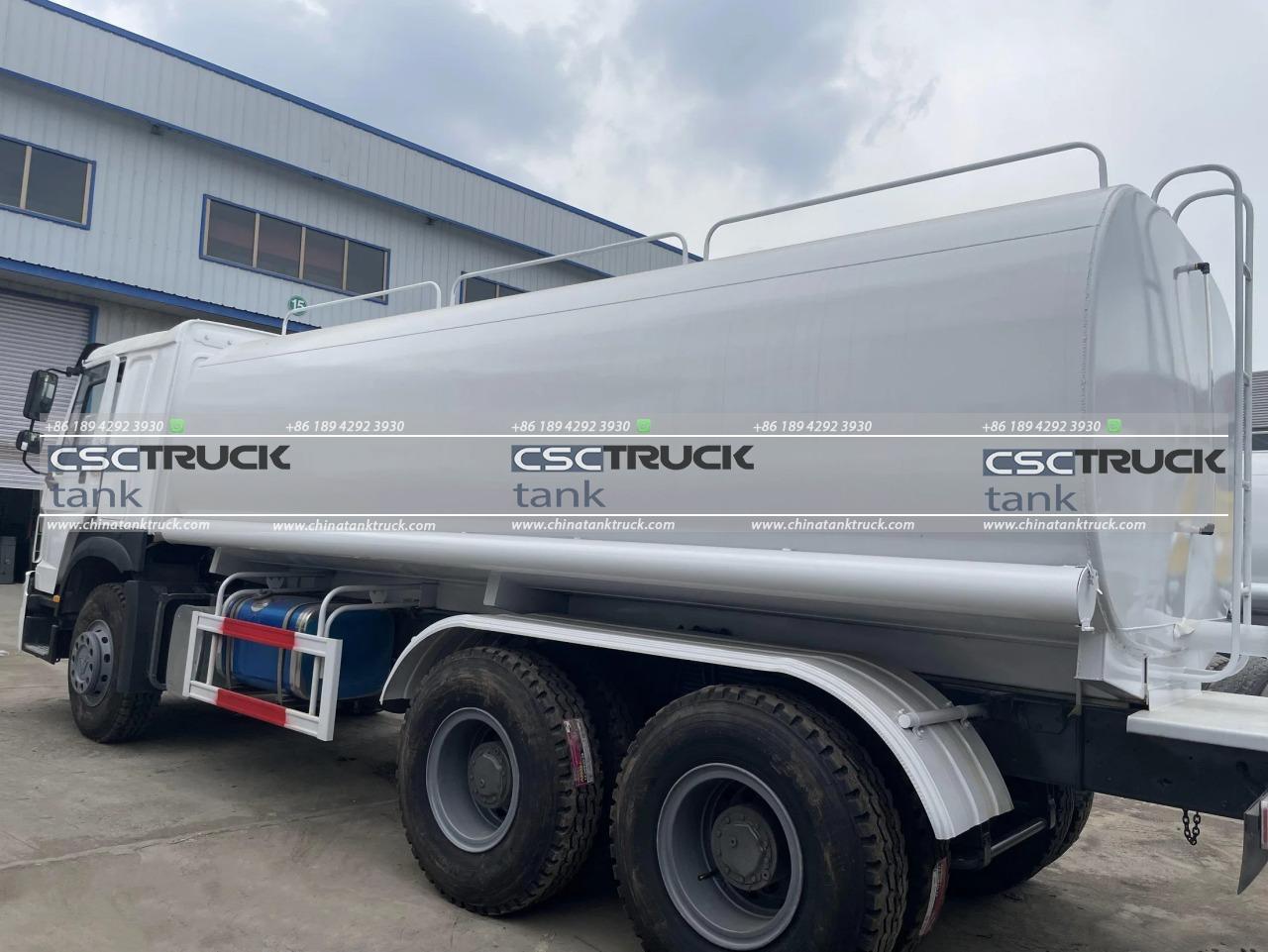
Types of Fuel Tankers
Fuel tankers can be broadly classified based on their size, design, and application:
1. Road Fuel Tankers:
These are the most common types, designed for highway use. They vary in size from small trucks with a capacity of a few thousand liters to large tractor-trailers carrying over 50,000 liters.
2. Rail Tankers:
Used for long-distance transport, rail tankers are an efficient option for moving large volumes of fuel across countries or continents.
3. Marine Fuel Tankers:
These include barges and ships designed to carry fuel across waterways. Oil tankers, for instance, transport crude oil or refined products in massive quantities.
4. Aviation Refuelers:
These specialized tankers are designed to refuel aircraft at airports. They are equipped with high-capacity pumps and hoses for rapid fuel transfer.
5. Military Fuel Tankers:
Built for rugged conditions, these tankers are used by armed forces to supply fuel in remote or hostile environments.
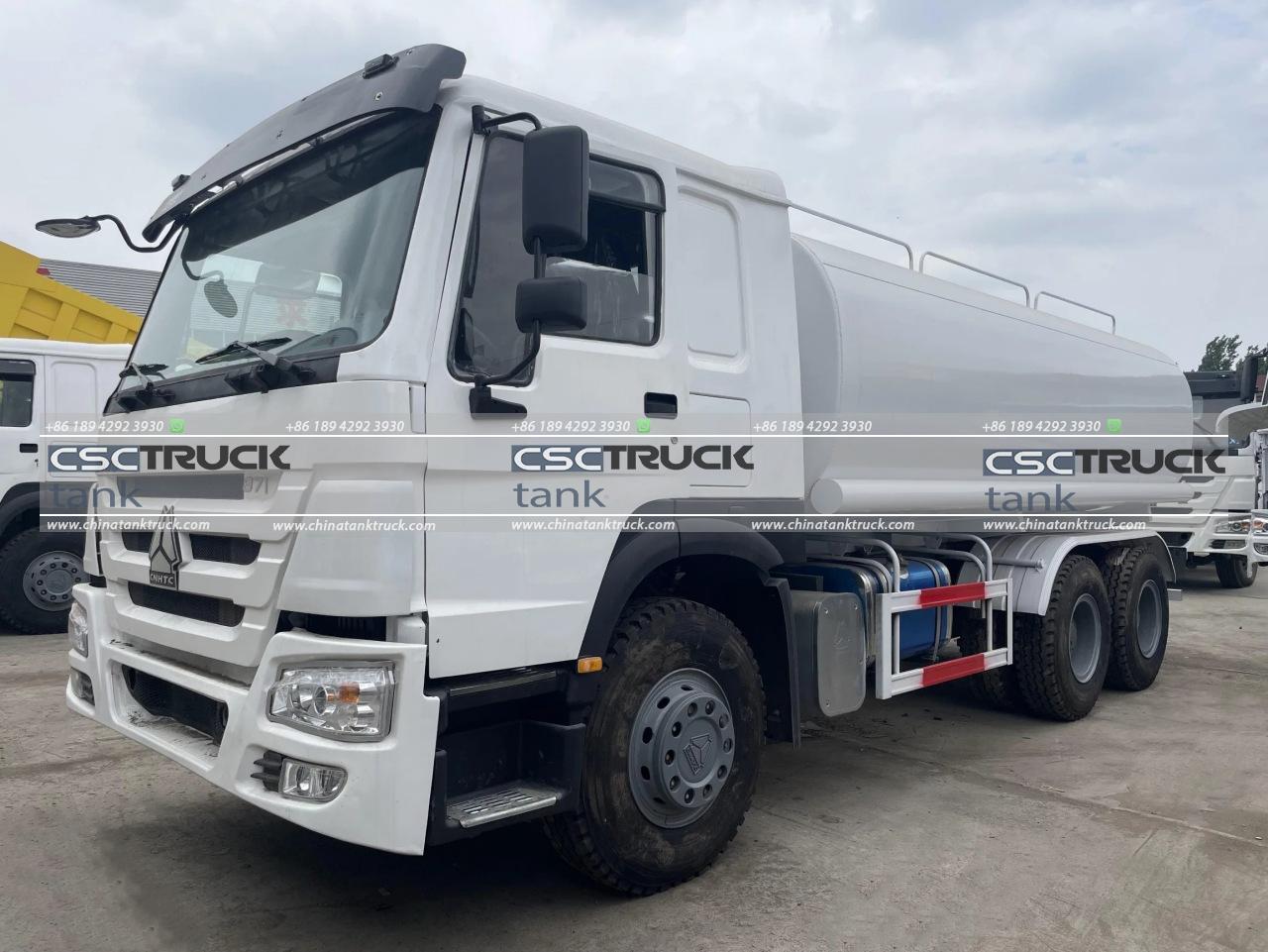
Safety Measures in Fuel Tankers
Transporting flammable liquids comes with significant risks, so fuel tankers incorporate numerous safety features:
1. Emergency Shutoff Systems:
These systems instantly halt fuel flow in the event of a leak or fire.
2. Pressure Relief Valves:
To prevent explosions caused by pressure buildup, these valves release excess pressure safely.
3. Grounding and Bonding:
During loading and unloading, static electricity is a major hazard. Grounding and bonding cables neutralize static charges.
4. Fire Suppression Systems:
Some tankers are equipped with fire suppression systems, such as foam or dry chemical extinguishers.
5. Crash Protection:
Reinforced frames and crash barriers protect the tanker and its cargo during accidents.
6. Driver Training:
Operators undergo specialized training to handle emergencies, navigate challenging routes, and adhere to safety protocols.
Regulations and Standards
Fuel tankers are subject to strict regulations to ensure public and environmental safety. These rules vary by country but generally cover:
– Design Standards: Specifications for tank construction, materials, and pressure resistance.
– Hazard Labels: Clear signage indicating the type of fuel being transported.
– Inspection and Maintenance: Regular inspections to check for wear, corrosion, and mechanical integrity.
– Driver Licensing: Special licenses (e.g., HAZMAT endorsements) for operators handling dangerous goods.
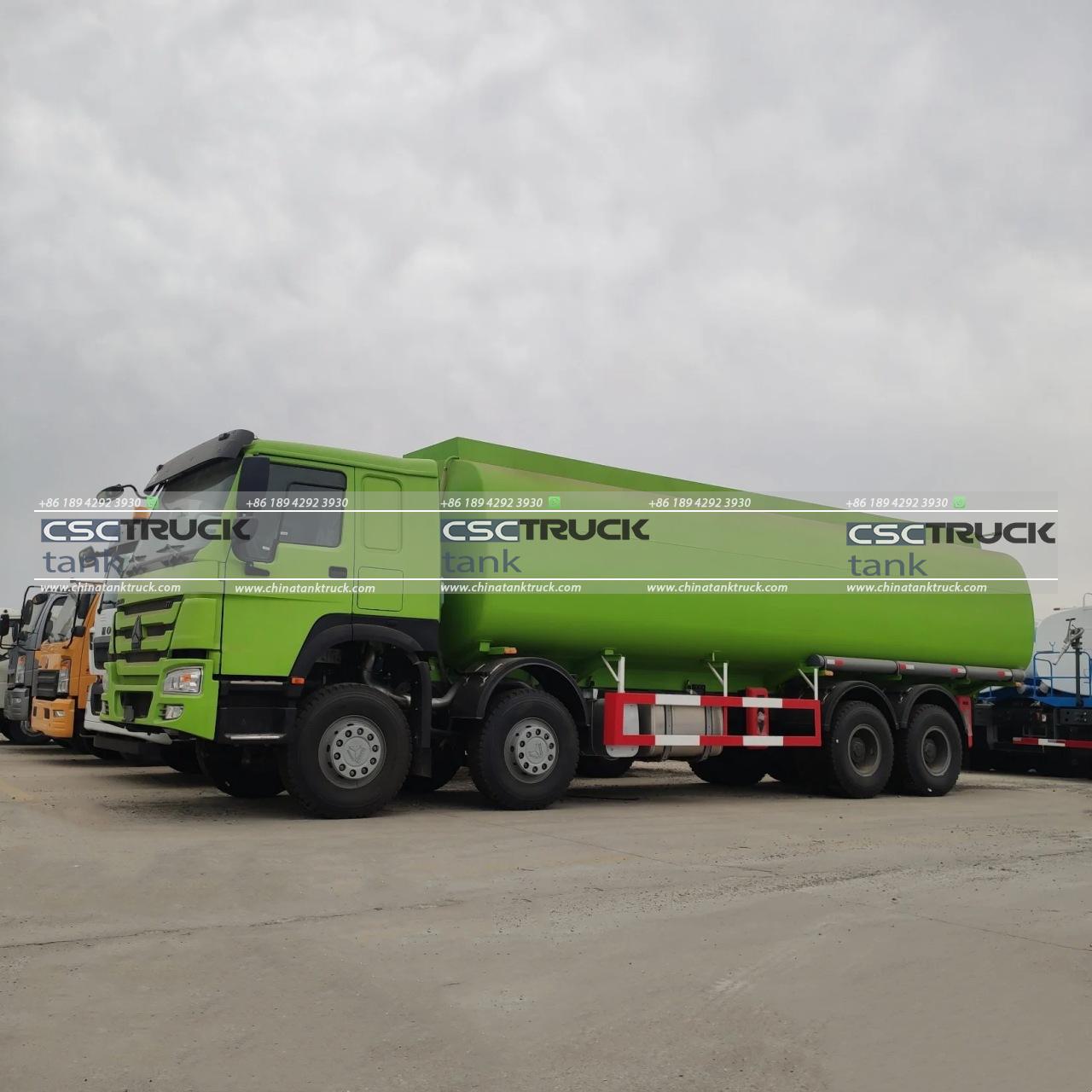
Operational Considerations
Operating a fuel tanker requires careful planning and execution:
1. Route Planning:
Drivers must choose routes with minimal risks, avoiding areas with weight restrictions, low bridges, or high traffic.
2. Loading and Unloading:
Proper procedures are essential to prevent overfilling, spills, or vapor release.
3. Environmental Impact:
In case of a spill, fuel can contaminate soil and water, posing serious environmental risks. Tankers often carry spill containment kits as a precaution.
4. Fleet Management:
Companies use GPS tracking and telemetry to monitor tanker movements, ensuring timely deliveries and compliance with regulations.
Fuel Tankers and Sustainability
As the world moves towards cleaner energy sources, the role of fuel tankers is evolving. Innovations include:
1. Alternative Fuels:
Some tankers now transport biofuels, hydrogen, or liquefied natural gas (LNG).
2. Electric and Hybrid Tankers:
To reduce carbon emissions, manufacturers are developing electric or hybrid-powered tankers.
3. Improved Efficiency:
Advanced aerodynamics, lightweight materials, and efficient engines contribute to lower fuel consumption and emissions.
4. Digital Technology:
Sensors and IoT devices monitor tank conditions in real time, enhancing safety and operational efficiency.
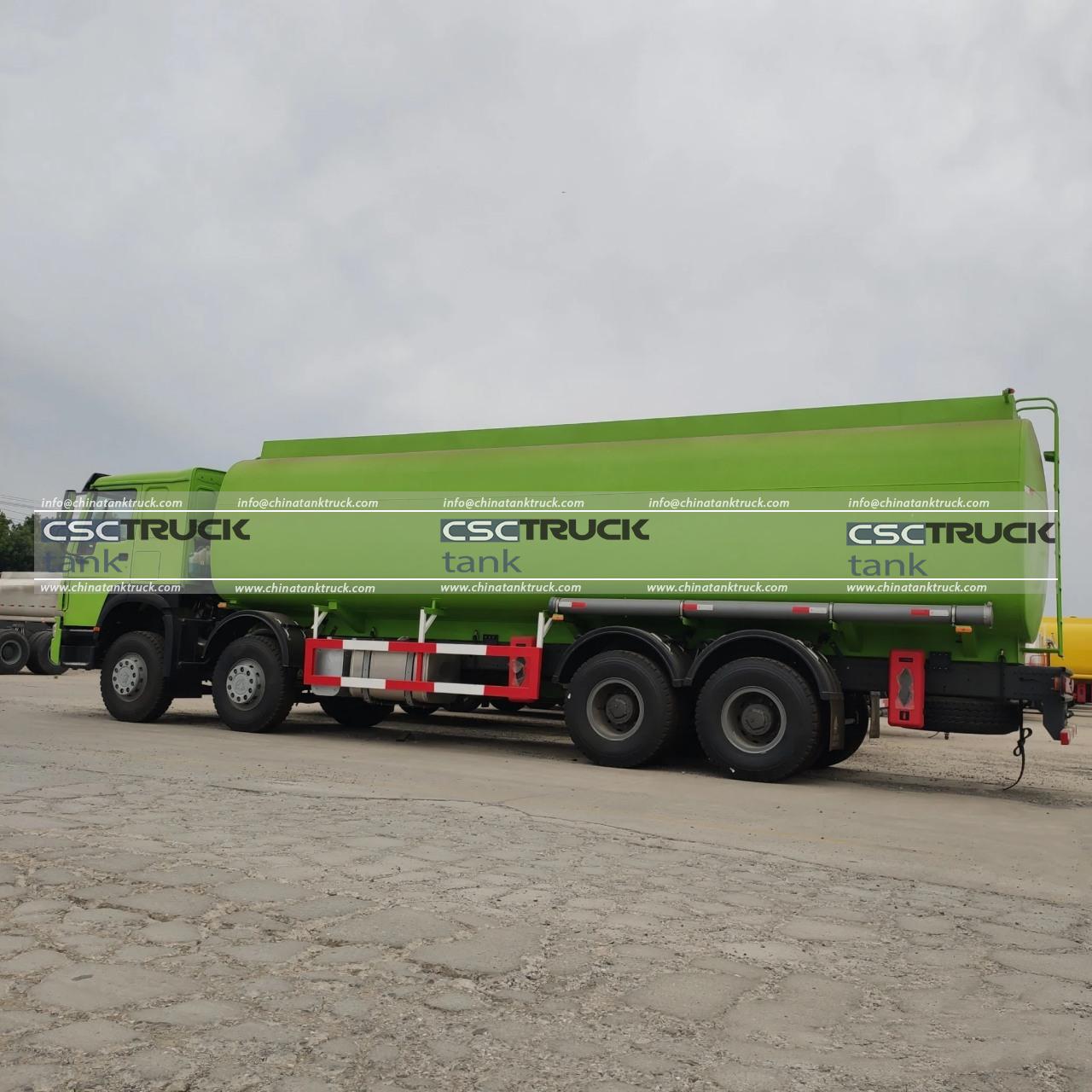
Challenges in the Fuel Tanker Industry
Despite their importance, fuel tankers face several challenges:
1. Rising Fuel Costs:
Operating a tanker fleet becomes more expensive as fuel prices rise.
2. Stringent Regulations:
Complying with evolving safety and environmental standards requires continuous investment.
3. Driver Shortages:
The industry struggles to recruit and retain skilled drivers.
4. Risk of Accidents:
Tankers are vulnerable to accidents due to their size, weight, and the hazardous nature of their cargo.
5. Environmental Concerns:
Public scrutiny over fossil fuels puts pressure on companies to adopt greener practices.
Conclusion
A fuel tanker is far more than just a vehicle; it is a sophisticated system designed to transport hazardous materials safely and efficiently. From its robust design to its critical role in global supply chains, the fuel tanker underscores the complexity of modern logistics. As the world transitions towards sustainable energy, fuel tanker technology will continue to adapt, ensuring it remains a vital link in meeting humanity’s energy needs.
